AUKUS boss led perilous MH370 search
Young people will be never bored in the navy, says pioneering Australian navy commodore Allison Norris, as she recounts a perilous moment during the gruelling search for missing airliner MH370.
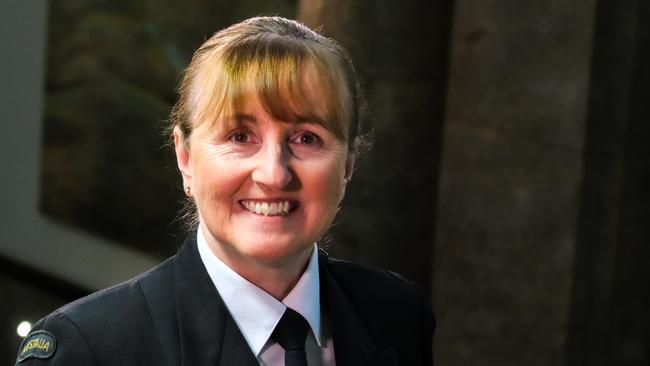
When Allison Norris talks about excitement and opportunities that AUKUS opens up for young people, particularly women, there is one jaw-dropping time from her near four decades in the Royal Australian Navy that sticks out.
Commodore Norris, 55, is director submarine enterprise for the Australian Submarine Delivery Agency, helping to co-ordinate AUKUS planning and logistics in London.
She was also Australia’s first female warfare tactician and she commanded two navy warships with various operations in Kuwait and throughout the Middle East, delivering humanitarian assistance after tsunamis and earthquakes and helping with border protection activities.
If anyone knows the unpredictability in delivering the multibillion-dollar AUKUS project of nuclear-powered submarines, this pioneer of female leadership in the RAN is them.
Commodore Norris was in charge of 219 people on board HMAS Success deep in the southern ocean, leading the naval search for Malaysia Airlines MH370 in 2014 when a moment arose where her mariner instincts were screaming one way and her base instincts the other.
The seas at that latitude, some 1400 nautical miles southwest of Perth, are always mountainous, but a bad weather front was approaching. Should they turn north towards land and be closer to other ships, if they could battle through what would be brutal conditions? Or head towards the relative calm of Antarctica, 1000 nautical miles away, where if something went wrong there would be no time for assistance?
Her head ruled her heart and she turned south. The seas topped at 65 feet high, smashing Success, a 157m-long tanker. By 9pm, Commodore Norris was on the bridge in the pitching sub-zero conditions when her chief engineer approached. He immediately got her attention when he said: “M’am, we are f..ked.’’
He believed the ship may not make it through the night and would sink because the ocean pressures being put on the ship’s hull were so great. There was a real danger the ship would come apart at the expansion joints.
Commodore Norris would write in her journal “I hope we don’t wake up neck deep in water’’, knowing the icy conditions would mean the immediate deaths of all on board. Her second thought was “they are going to blame a woman captain for this’’.
Norris immediately ordered for the ship to take on ballast, by filling the hull with sea water, so that the it wasn’t being pitched upwards of the height of a six storey building, but could more slowly cut through the horrifying walls of water.
It wasn’t until daylight that she could relax, sensing the sea was not quite so rough. They continued south for 36 hours, riding out the terrifying weather and then returned to continue the search for the missing airliner.
“In my 38-year career I have avoided cyclones and been in places for various humanitarian assistance and I have never seen the sea like that,’’ she said.
Norris said a life in the navy meant myriad opportunities to push oneself. When she joined up, women could not take on a combat role but that changed in the early 1990s and she was the first female officer trained in warfare.
Commodore Norris said AUKUS would provide many young people a job for generations because it was a 100-year program.
“People can get in on the ground floor,” she said. “Anyone who gets involved now will have decades of an amazing journey.”
Her secondment to London finishes at the end of the year, but by then Australia’s staffing in the SDA in Britain will have been worked out; recruitment is under way and there will be a strong three-way understanding of the entire program between Australia, the UK and the US.



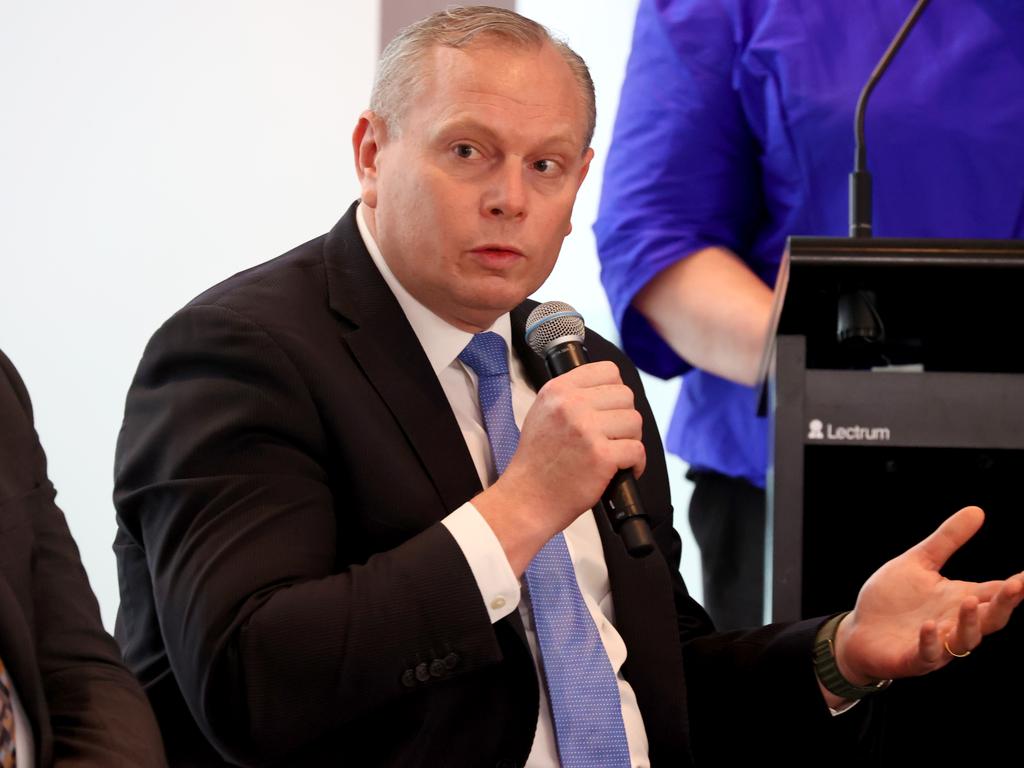

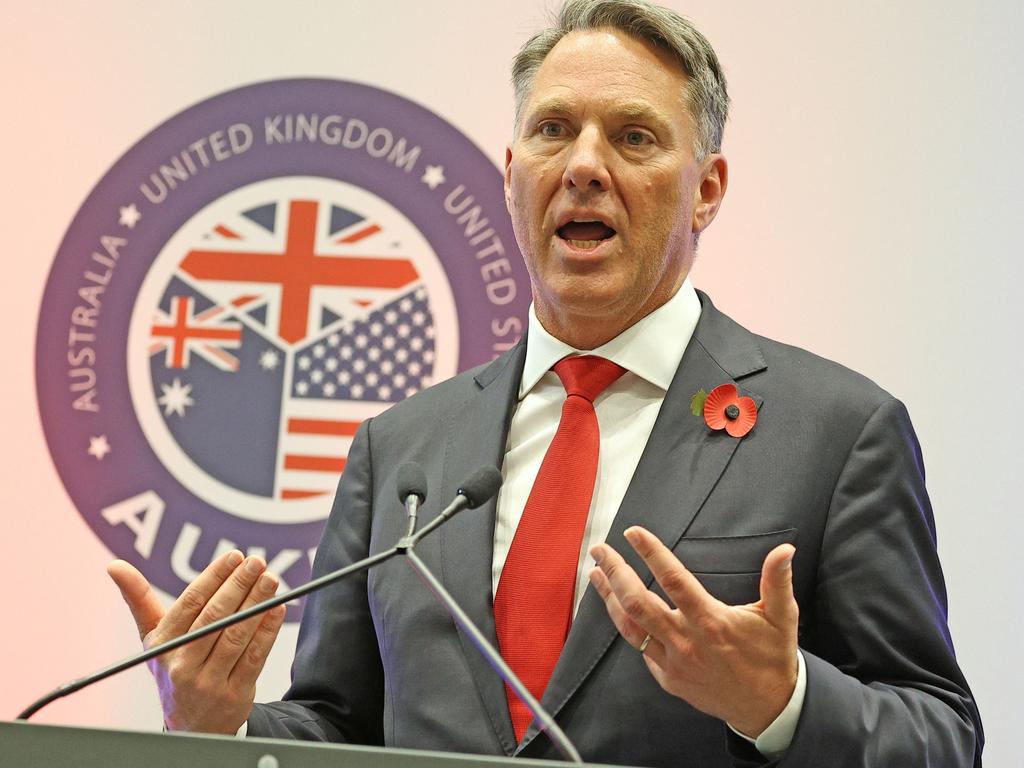
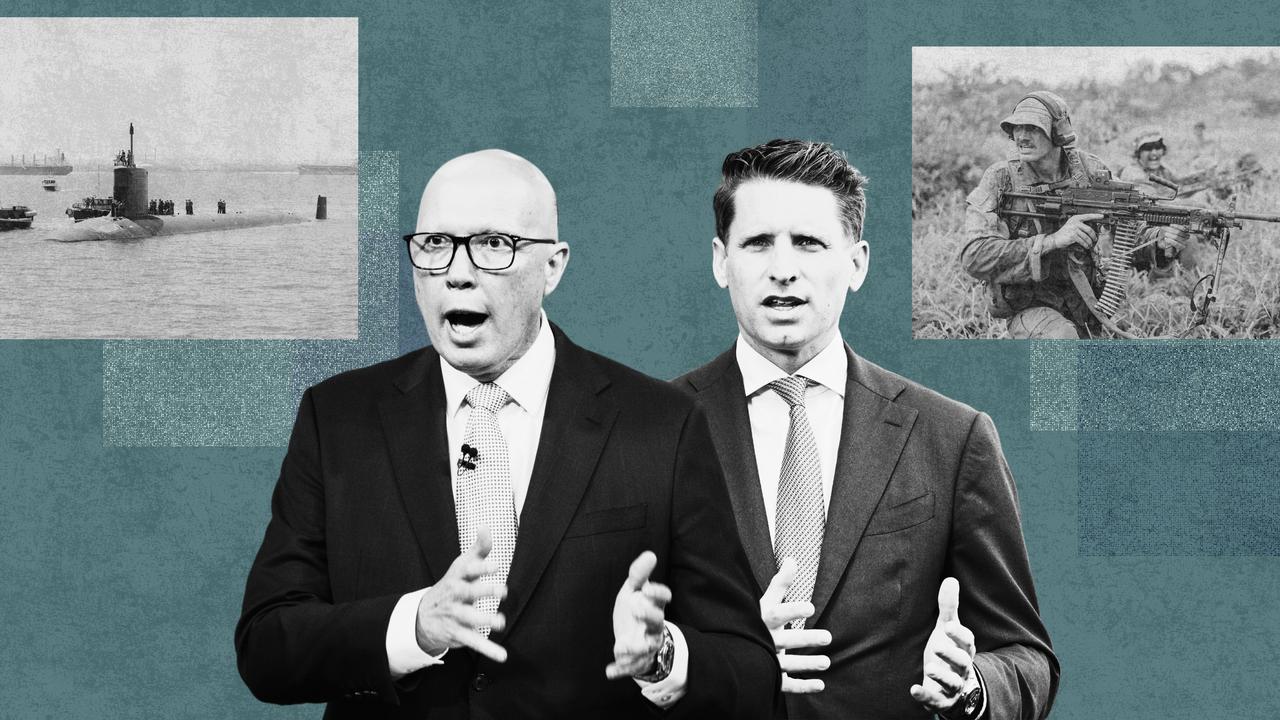
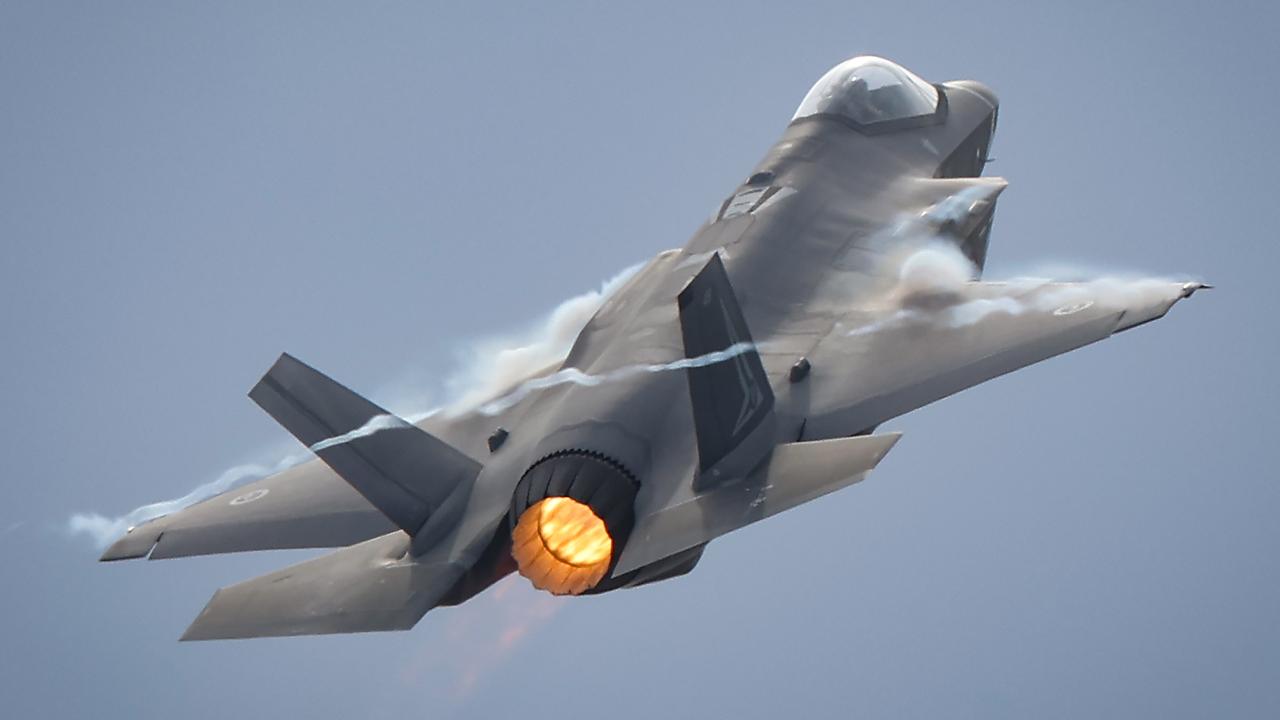
To join the conversation, please log in. Don't have an account? Register
Join the conversation, you are commenting as Logout